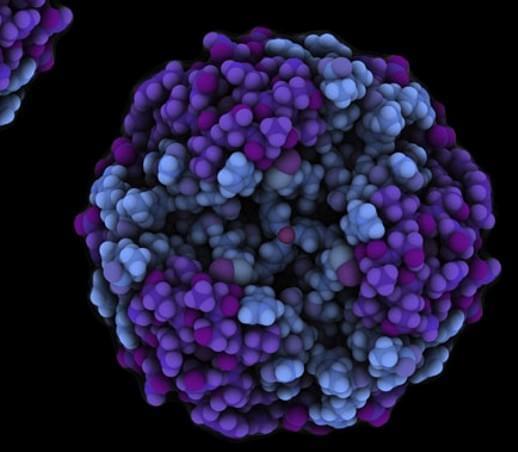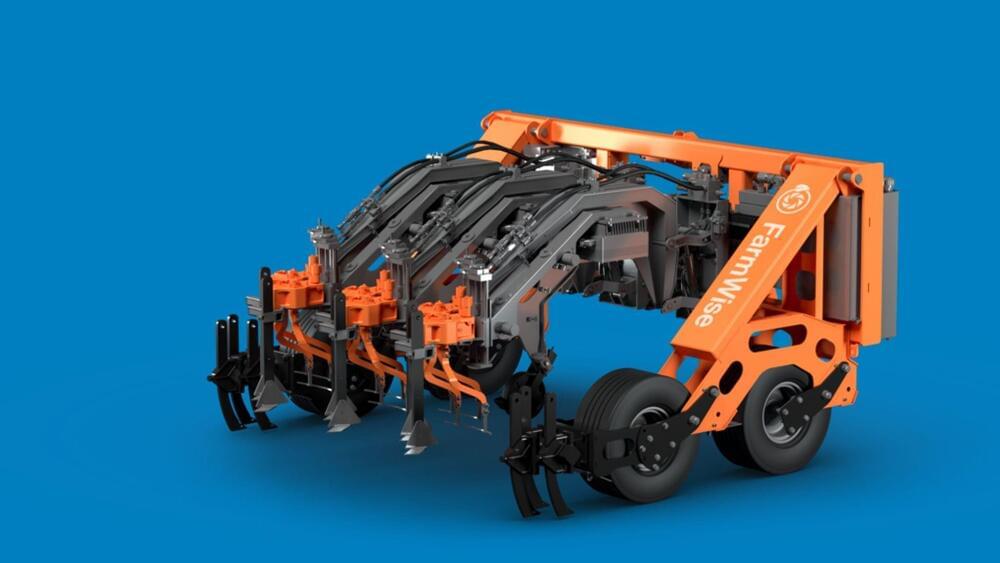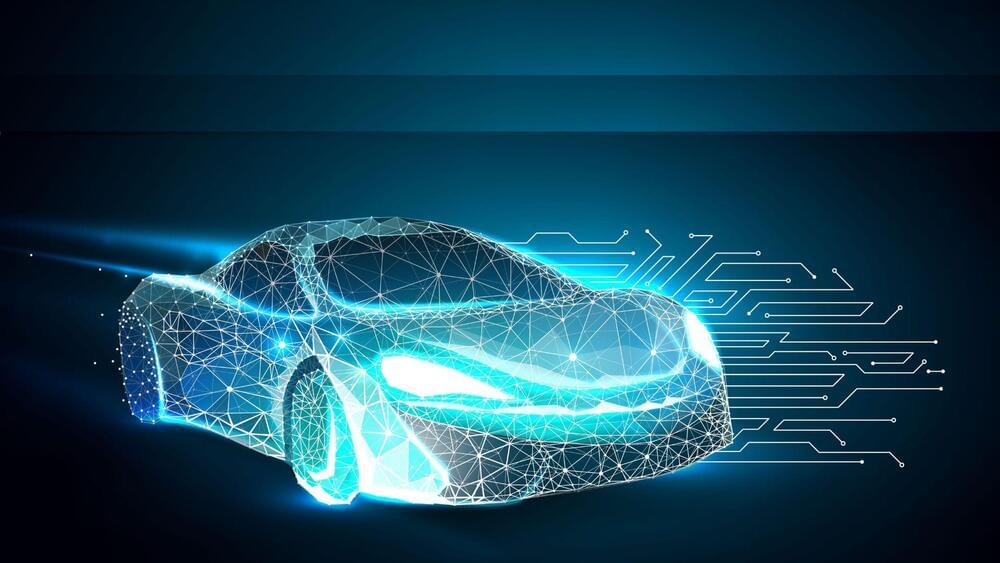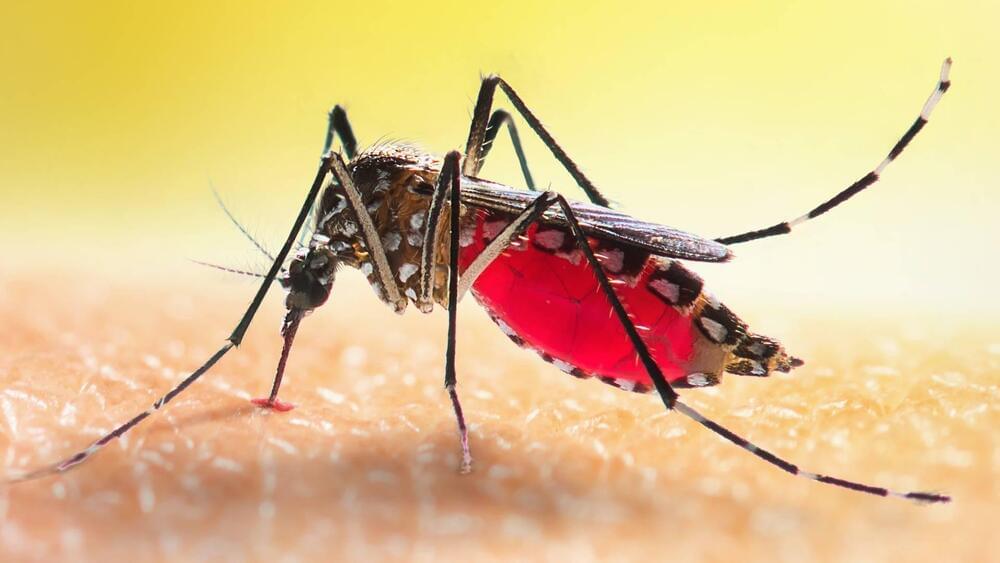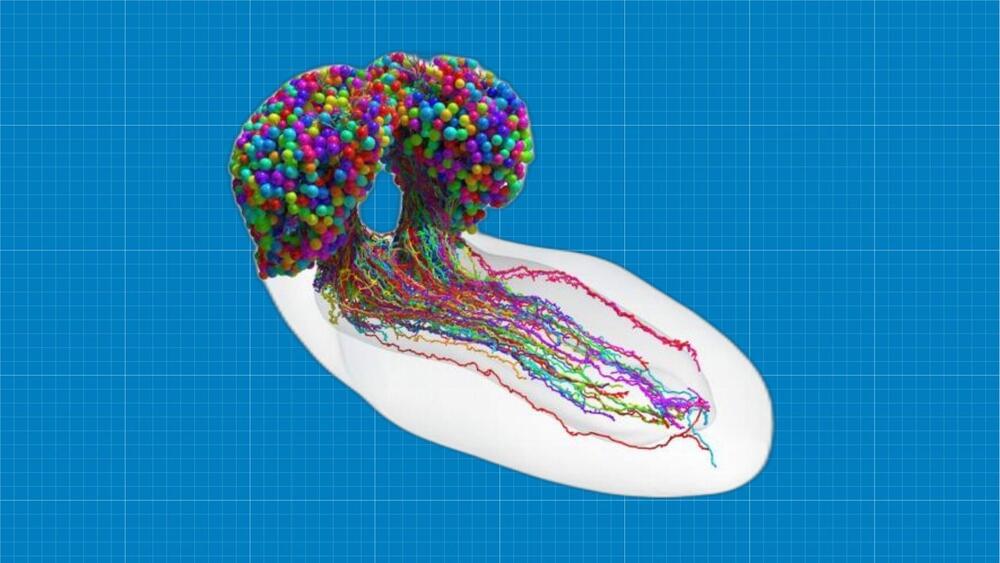Physicists at the University of Cincinnati have contributed to an international experiment on strange metals made from an alloy of ytterbium, a rare earth metal. The study involved firing radioactive gamma rays at the strange metal to observe its unusual electrical behavior. The experiment revealed unusual fluctuations in the strange metal’s electrical charge, furthering the understanding of the bizarre behavior of strange metals that operate outside the normal rules of electricity.
International team finds unusual electrical behavior in material that holds promise for new technology.
Physicists at the University of Cincinnati (UC) are learning more about the bizarre behavior of “strange metals,” which operate outside the normal rules of electricity.

